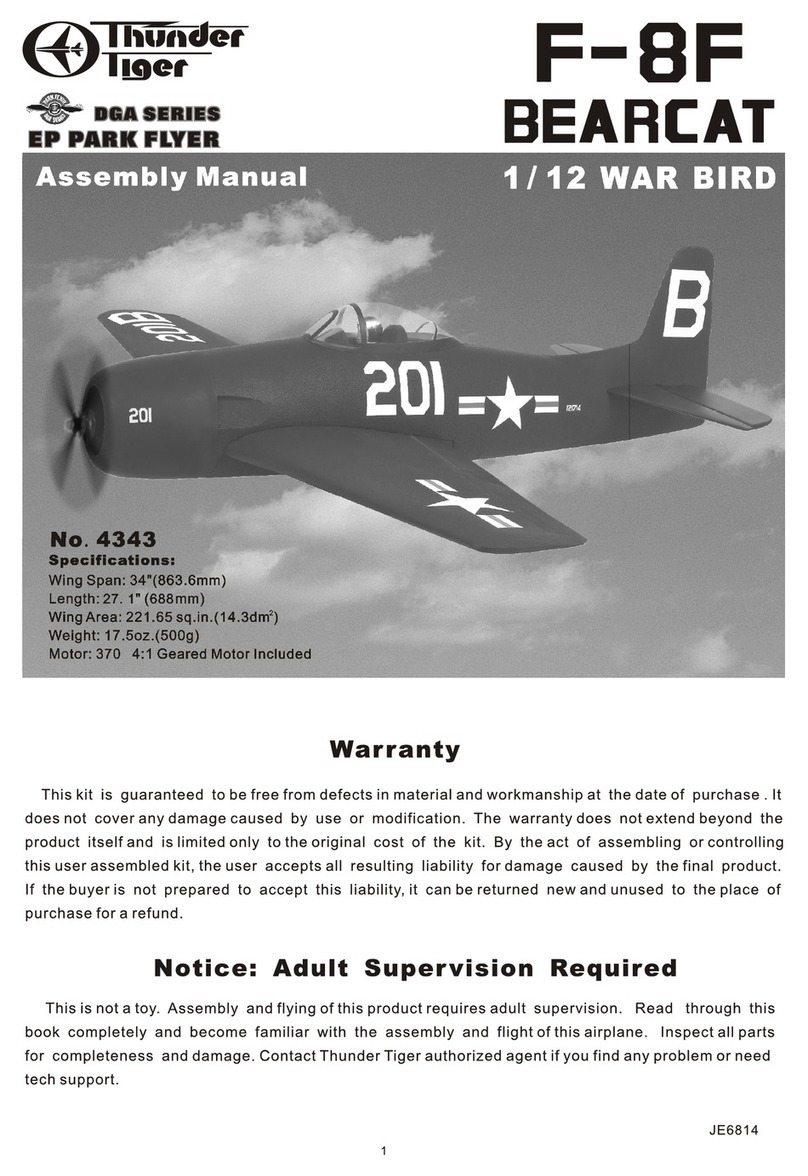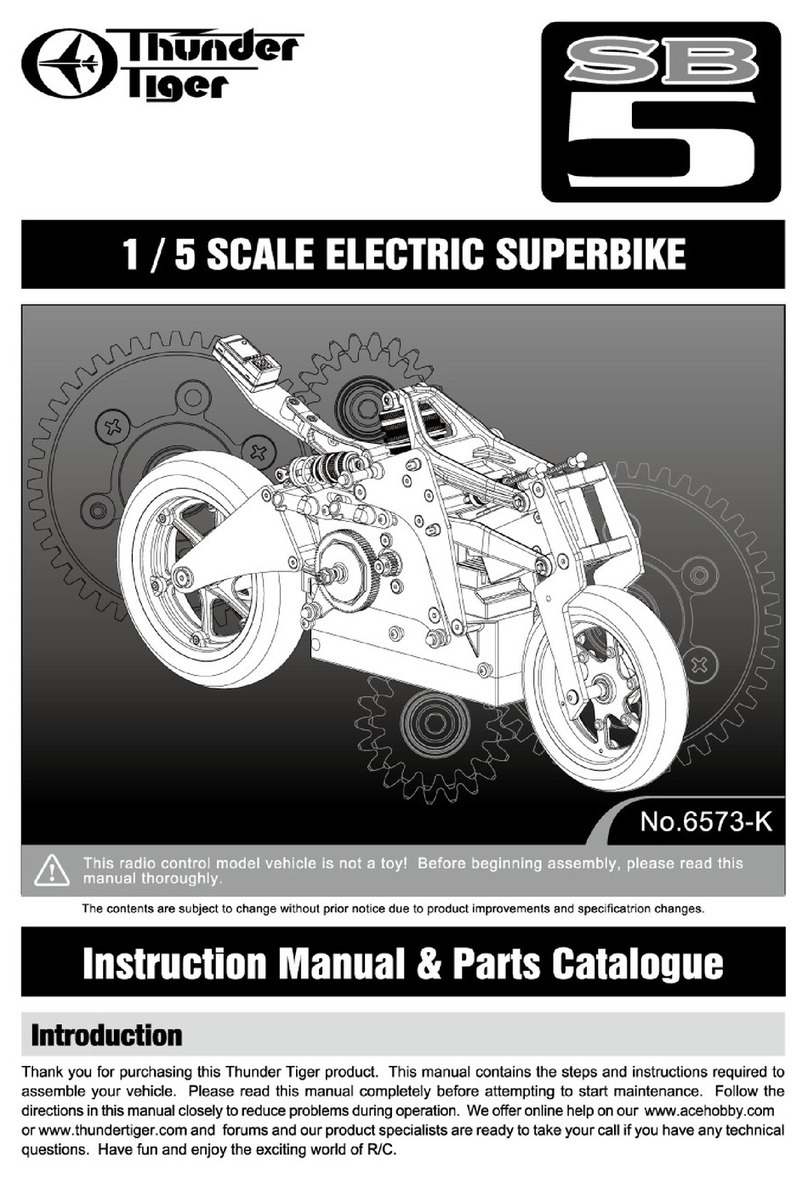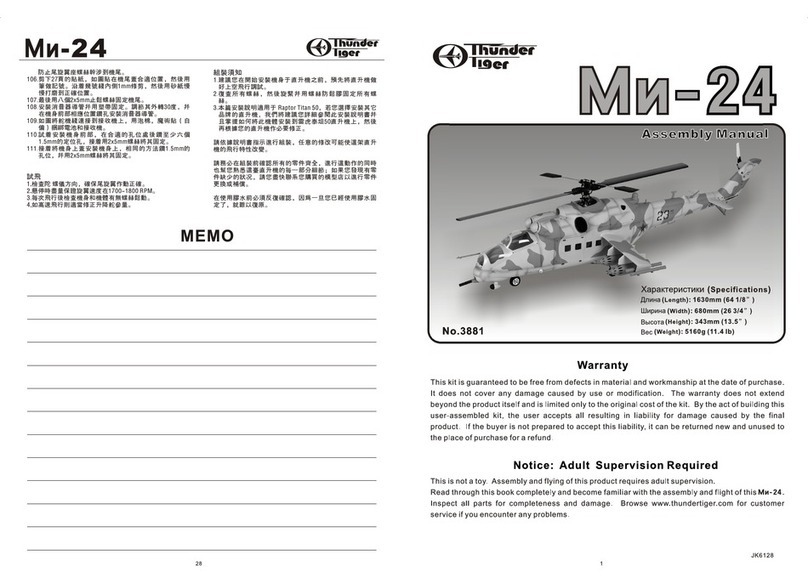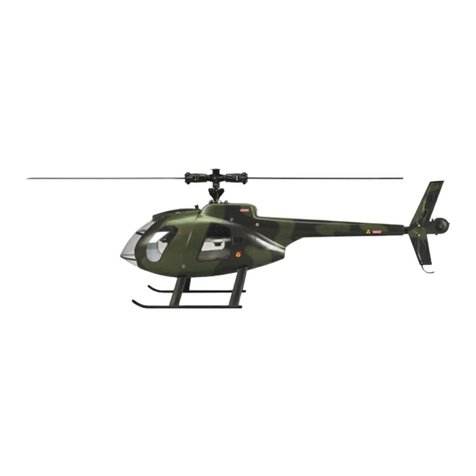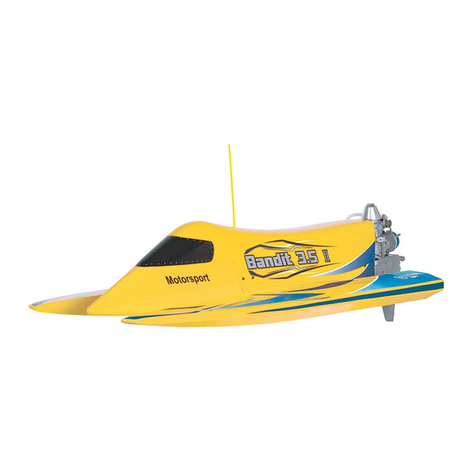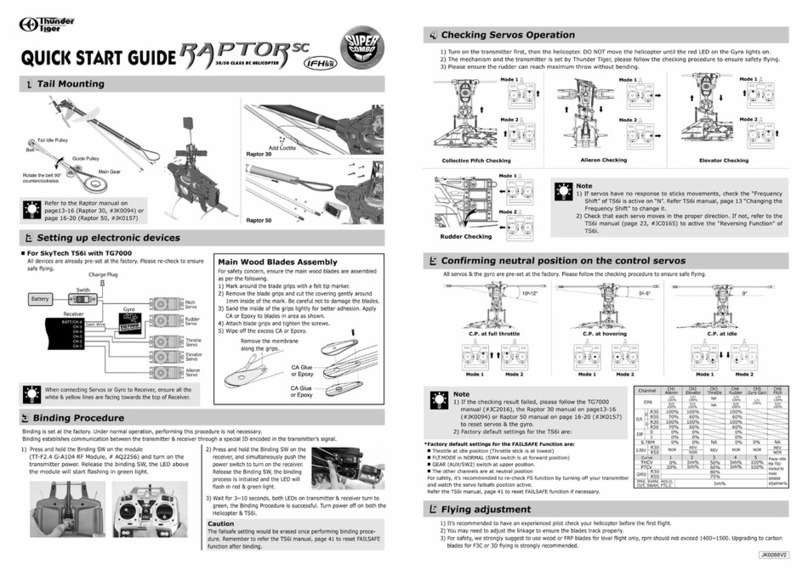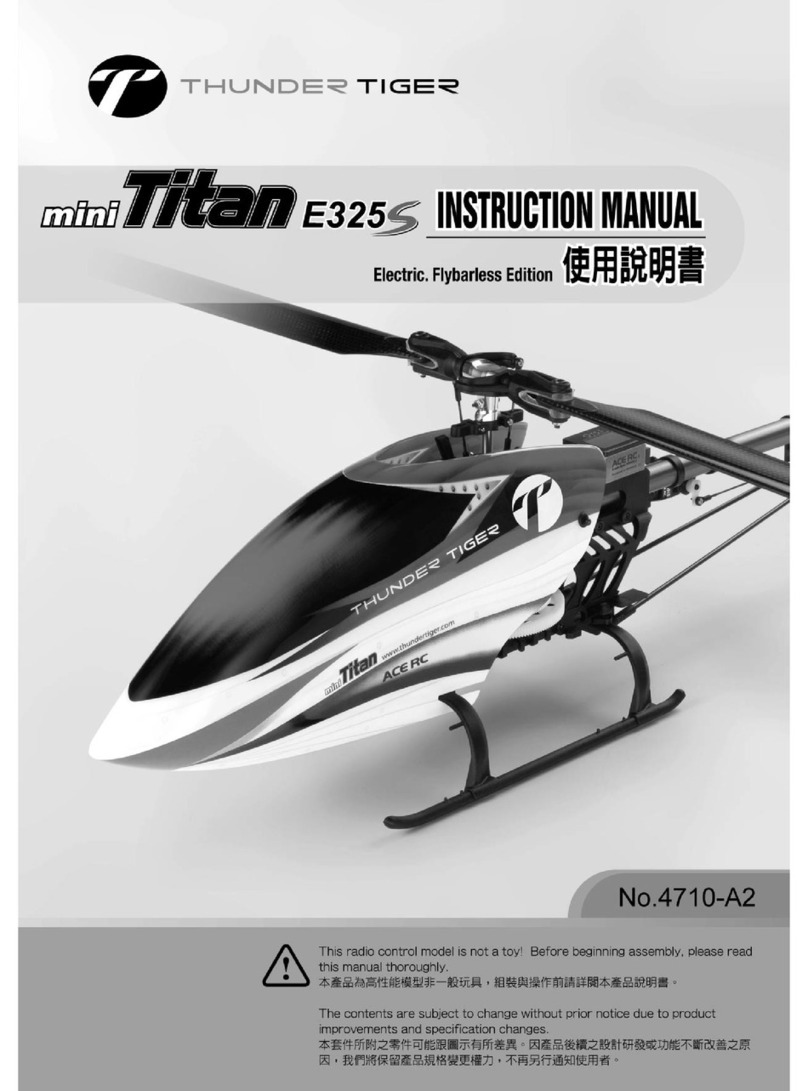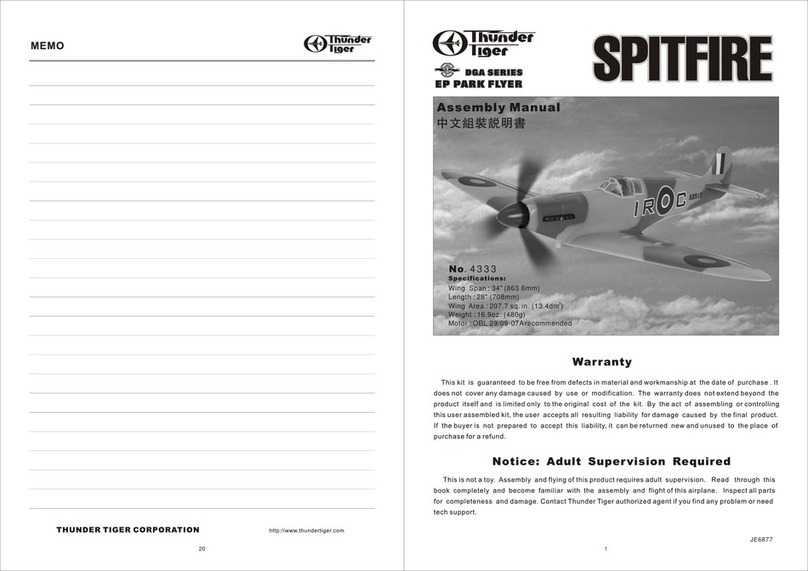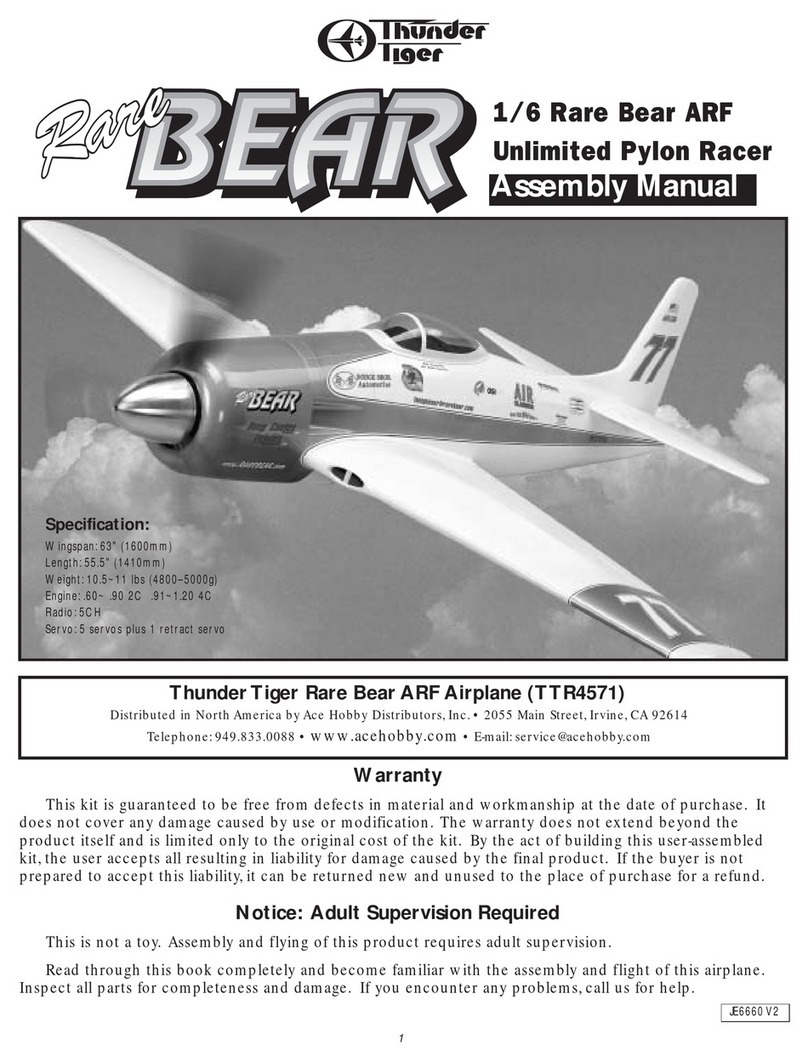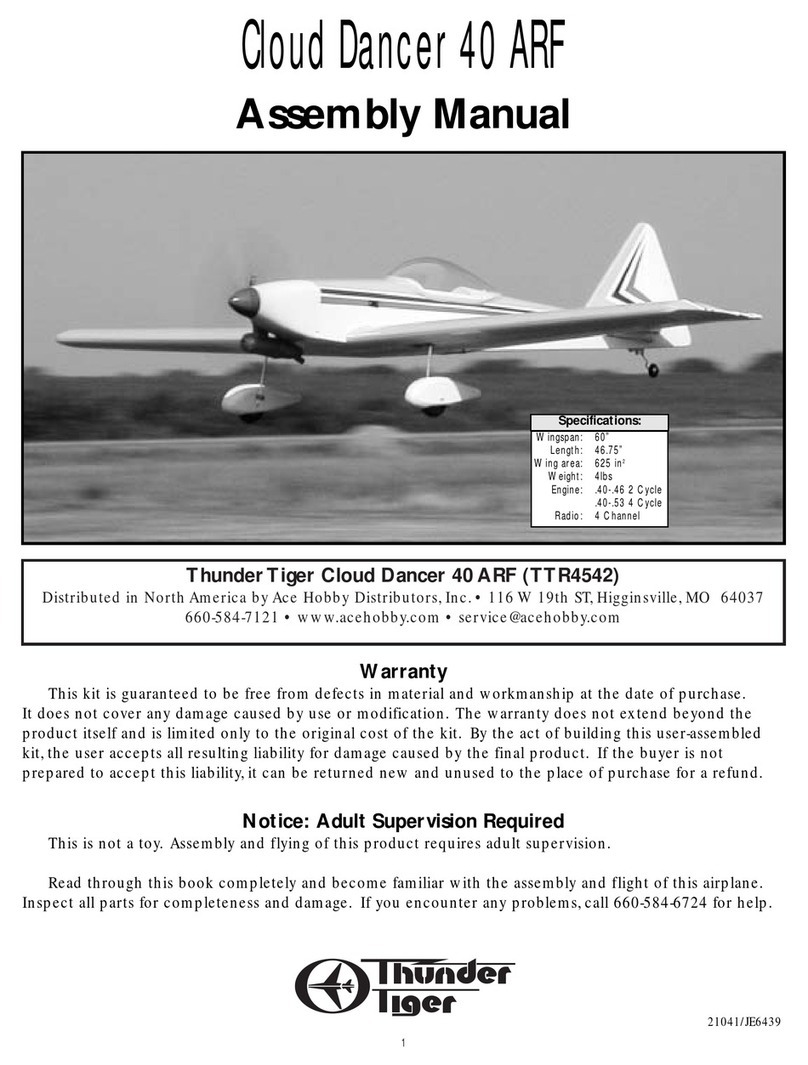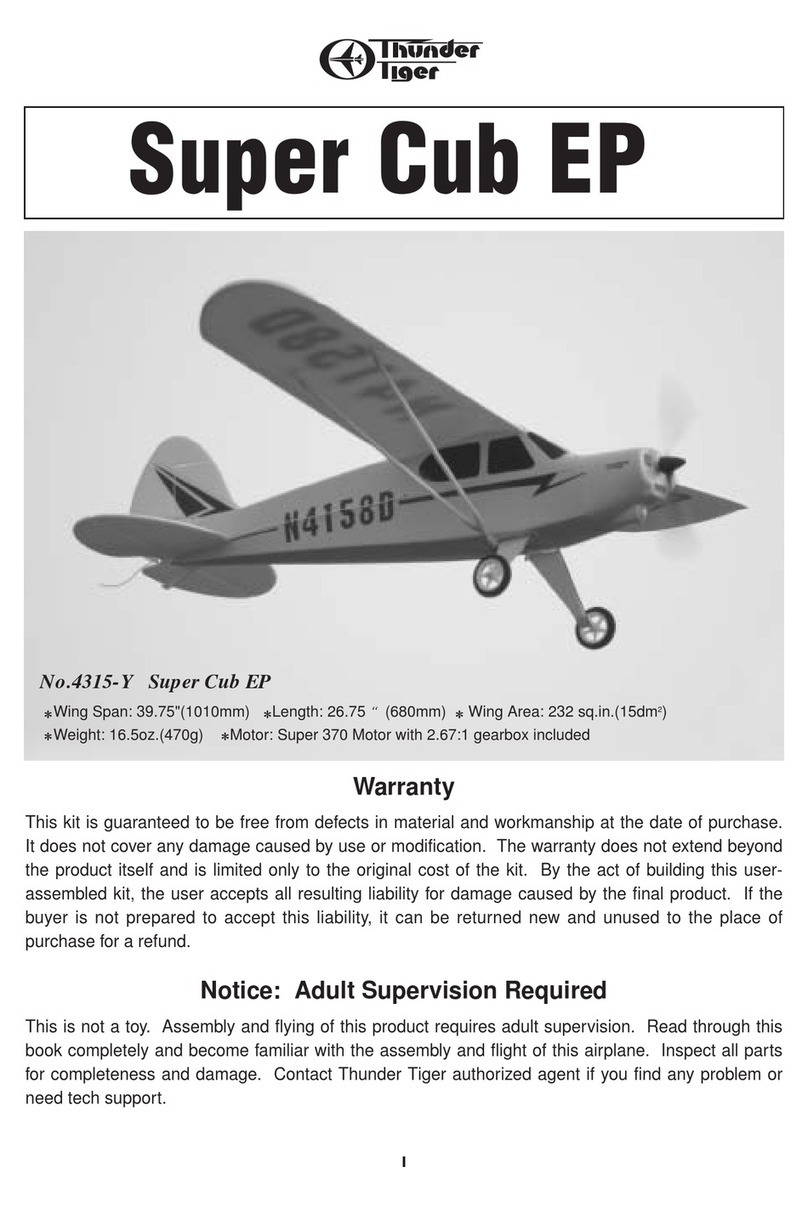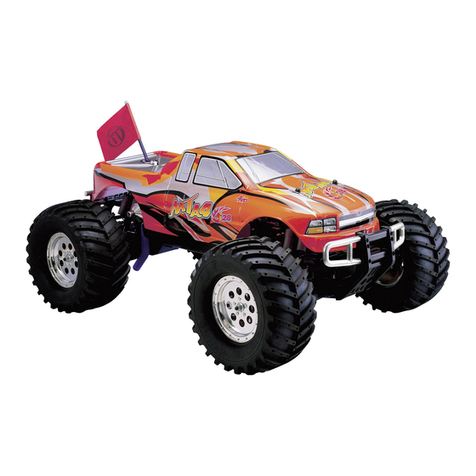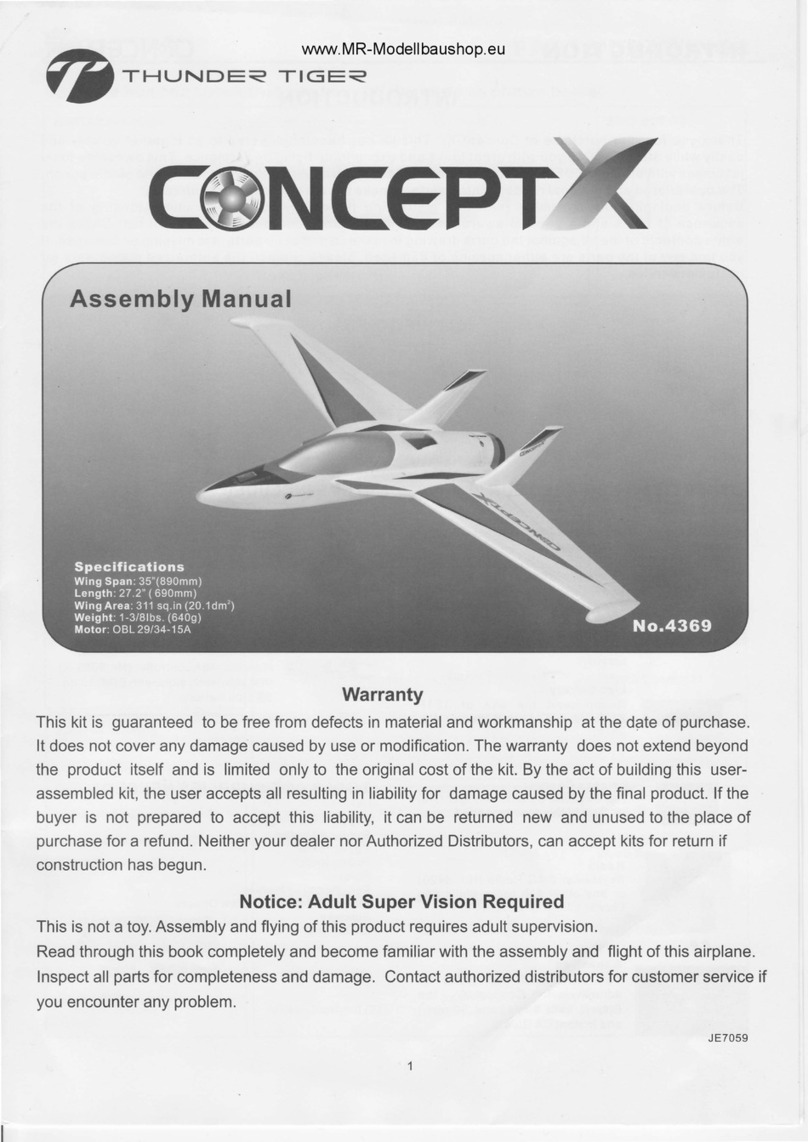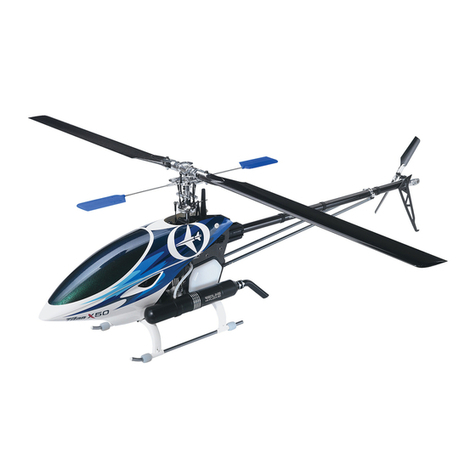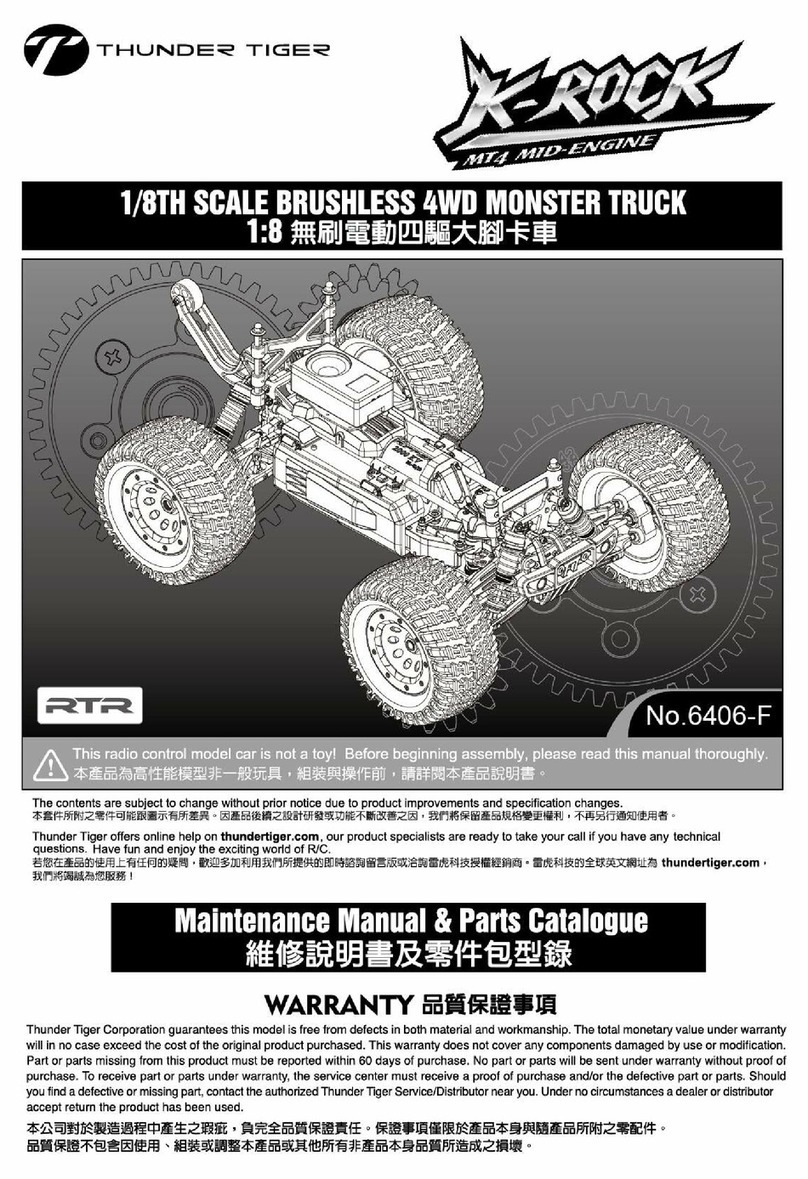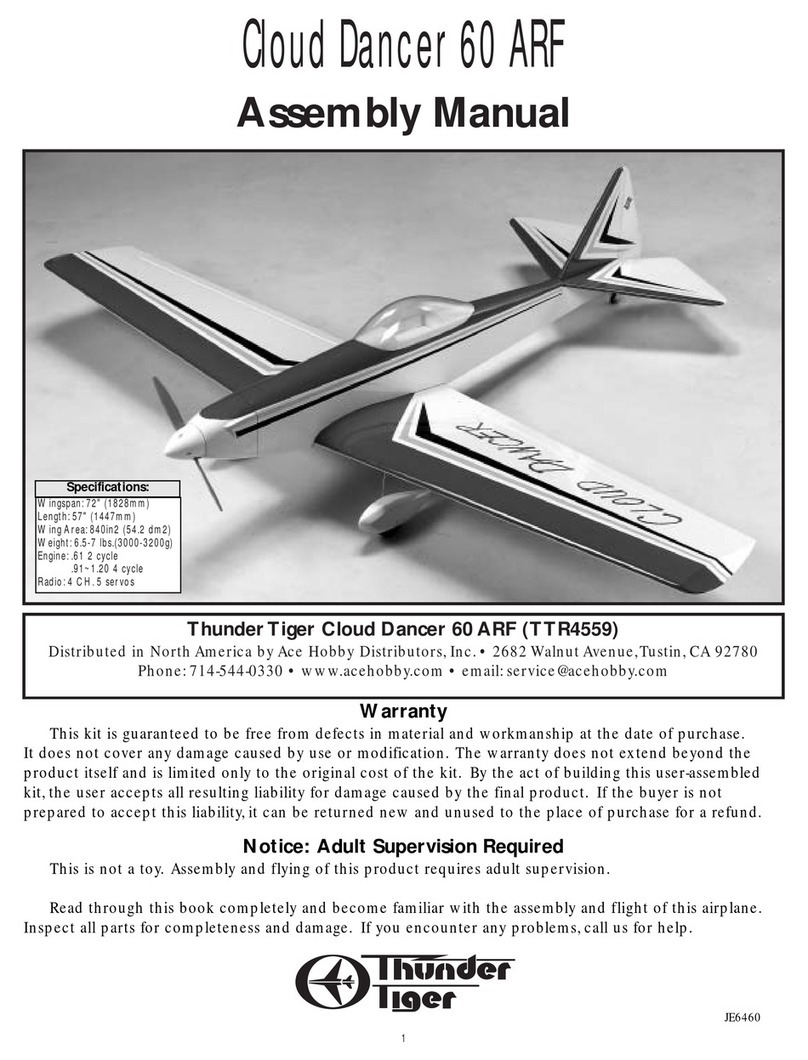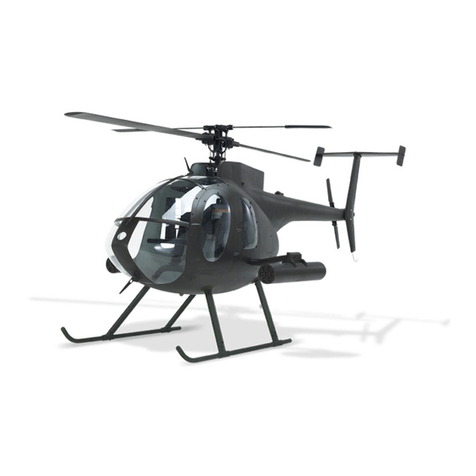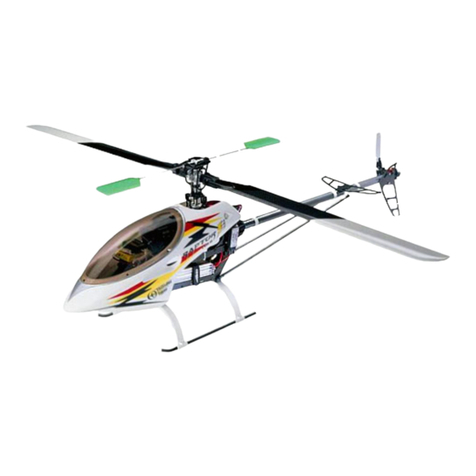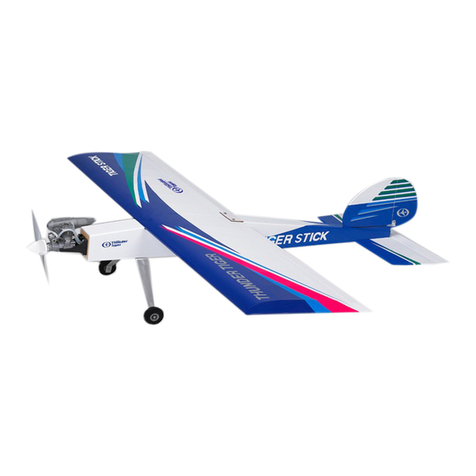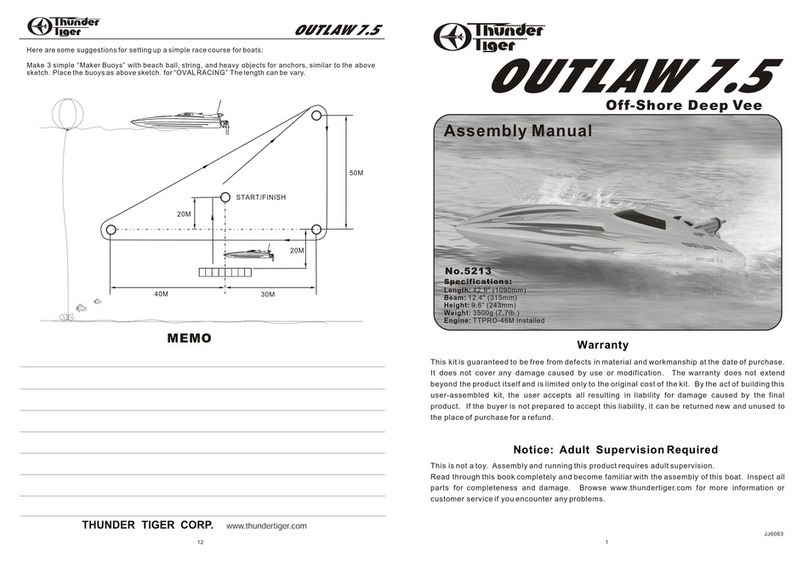FIRST FLIGHT
Secondly,eventhoughtheeHawk
1500is
veryeasy
to
fly, if you are a novice modeler/pilot,we highly
recommendthat
youseekthe helpof an experienced
modelerfor
your
firstfewflights.Hecansave
you
a lot
oftimeand
possible
disappointmentby
helping
youget
your
modelintheairsafelyand
getting
ittrimmedout
for
you.
lmportant:Theradiocontrolsystem
is
setuptooperate
thecontrolsurfaces
justlicka realairplanesas ifthe
pilot(you)
aresitting
incockpit
controllingtheairplane.
When
you
wantthe
plane
todive,
youpush
theelevator
stickforward
(up),
to climb you pull the stick back
(down),
toturn
right,
you
move
theaileron
stick
toright
with
elevatorupand
vise
versa.
When
you
wanttoturn
the motoron you push
the throttlestickforward
and
when
you
wantto turnthe motoroff
youpull
thestick
back. lt is
theturning
that
causes
themost
problems
with novice
pilots
becausewhen the plane
is flying
towards
you a rightturn
command
on thetransmitter
causethe
plane
toturnto
your
left
(which
is
the
planes
right). Getthe
picture? Fortunatelytheupanddown
commandsdo
notchange.Theeasiestwaytoconquer
this
problem
is
to tryand
always
face
your
body
near
thedirectionthe
planes
areflying.Thismeansthat
you
will
have
tolookover
your
shoulder
attimes,butmany
modelersfindthisaneasywaytolearn.
THE
FIRSTFLIGHTS
You should always use the first few flightsto get
accustomedto your new airplaneand its flying
characteristics.Keepthemodelupwindandclimb
toa
good
comfortablealtitudetocutoff
themotorandtrim
your
eHawk1500fora glide.
Ataltitudecutthe
motor
and start
your glide. Have
an experiencedmodeler
adjustthetrimsofthetransmitter
for
you
untilthe
plane
will
glide
straight
and levelwithoutany other
control
input. Oncethetrimsareset
practice
makingsmooth
turnsin
bothdirections
whilelosingaslittle
altitude
as
possible.
Whenthe eHawk1500startsto get
too low
for
comfortturnthe
motor
backonand
climb
back
uoto
altitude.Practice
this
climbing
and
gliding
until
you
arecomfortablewiththeairplane.
Depending
on
the
battery
you
use
the
eHawk
1500will
make5to
6
good
climbsuptoa nicethermalsearching
altitude
from single
battery
charge. Oncethe ESC
shutsoffthe
power
tothemotor
you
willneedtosetup
for your landing. Continueto make smooth
gently
turnswhileliningupthe
eHawk
1500with
your
landing
strip.Once
you
aresetuptoland
keep
thewings
level
and letthe modelsettlein for an nice
gentle
landing
whileaddingupelevatortokeepthenoseupslightlyas
the
plane
slows
down. Make
several
flightslikethisto
reallyfamiliarize
yourself
with the characteristicsof
your
model
andto
learn
the
glide
anddistancecovering
abilities
of
theeHawk1500. Once
you
havemastered
a good
"comfort
level"
youare
readytostartsearching
forthermalswhich
willreally
increase
your
flighttimes.
THERMALS
Thermalsoaringis one of the most interestingand
challengingtypesof flyingthereis. Believeit or not,
your
eHawk1
500
iscapable
of
flightsthousandsoffeet
high,lastingfor
several
hours,
andcoveringdozensof
miles.Thefollowing
paragraphs
willhelpexplainhow
to take advantage
of natures energy sources
called
thermals.
"Thermal"
isthetermappliedto columns
of risingair.
This air is rising because it is warmer than the
surroundingair.Adustdevilissimplya
thermal
which
ahs picked
up some dust. Even a tornadois very
similartoathermal,butofcoursemuchstronger.
Thermalsoccurwhen
the sun,or other
heat
source,
heat
theairinonelocationfasterand/or
warmer
than
the surroundingair. Darkersurfaces
(plowed
fields,
asphalt
parking
lots, etc.) absorbthe sun's energy
faster than lighter
coloredand are generallygood
thermal
generators. Thiswarmerair is lighter
(less
dense)
thanthe
coolerair
andthusrises.Therisingair
naturallystartstorotate,
much
like
water
going
downa
drain,and forms an invertedfunnelshaped
column
thatusually
gets
larger
with
altitude.
This
warmer
air
often containswater vapor which condensesas it
reachesthe
coolerair
high
above
theearthformingbig
puffy
Cumulusclouds
that
experiencedsailplane
flyers
willwatchtodeterminewherethethermalsareforming.
Thermalsvaryin
strength,butoften
contain
air
thatis
risingat speedsover 1200feet per minute. Some
thermalsare so strong
they
caneven
rip
a sailplane
apart,especiallyif the plane is flying
fast when it
passes
through
the
thermal.
THERMAL
SOARING
Ittakes
lots
of oractice
and concentrationto thermal
soar
likethe
HawksandEagles.Sincethe
pilot
is
not
sittinginside
an modelsailplane,he cannot
feel
the
thermal,
he
canonlysee
his
sailplane's
reaction
to
the
thermal.Therefore,themajorityofthetime,
unless
the
pilot
is paying
carefulattentionto the plane,
he may
not even realizethat plane is near a thermal. Since
mostthermals
arerelativelysmall,lessthana hundred
feetin diameternearthe ground,
the sailplanewill
rarely
fly directlyinto the thermaland start rising.
More likely,
it will fly near a thermaland the wing
closestto the
thermal
willrise
turning
the
plane
away
fromthethermal.Soas
you
cansee,aninexperienced
pilot
may bouncearoundbetween
the thermalswith
ever
knowing
thatheisencounteringrisingair.
In
order
to
takeadvantageofthermals,
you
need
tofly
smoothlywith
as
few
control
inputs
as
possible.
Watch
thesailplanecarefullyandit willtell
you
whattheair
arounditis
doing.
Whena sailplanedoesfly
directly
intoathermalit
will
eitherstartrising
or stop sinkingat its normal
rate.
Either case is reason enough to explore further.
Continueflyingstraightaheaduntil
you
have
obviously
passed
throughthe area of strongest
lift. Now start
circling
infairly
tight,butsmoothcircles. Because
of
the thermalsinvertedfunnel shape, the lower the
planes
altitude,thetighter
the
circlesneedto be. As
the
plane
gains
altitude,thediameterof
the
circles
can
be increased. lf youseethe plane
falling
off
on one
side
ofthe
turn,
movethe
circleover
intothestronger
lift. Thermals
areswept
along
bythe
wind
soallow
10
